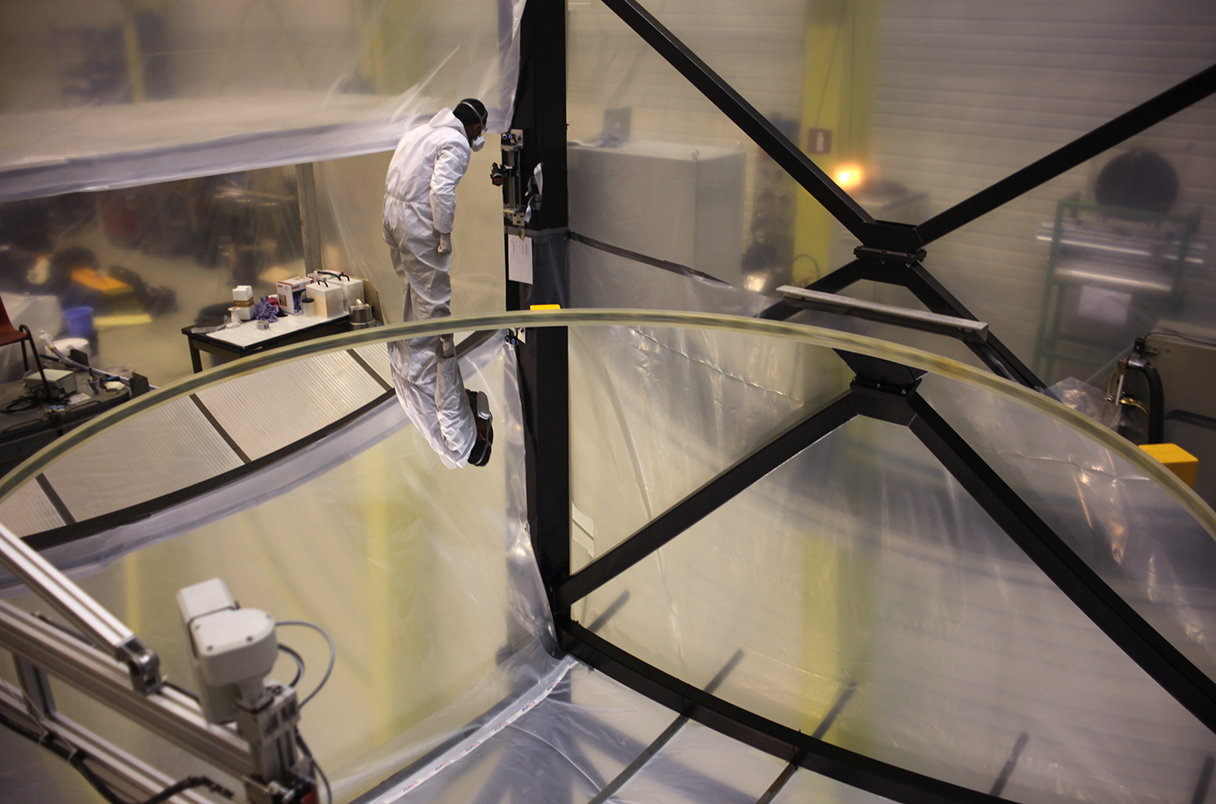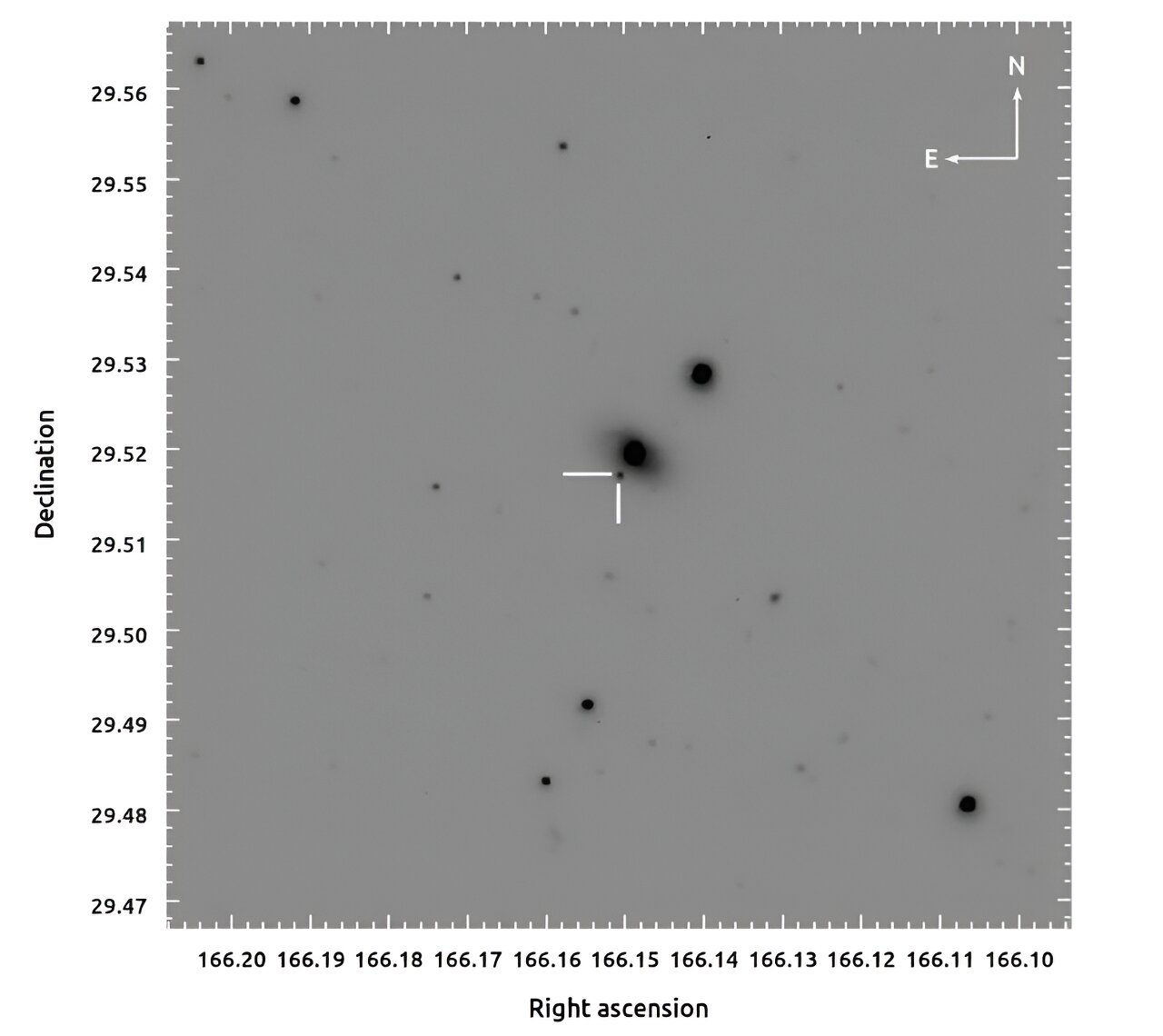The International Liquid Mirror Telescope located in India has received an image of its first supernova. It is located in another galaxy and, according to astronomers, will keep its brightness at the same level for a long time.

ILMT
On November 8, a publication appeared in which the authors reported the discovery of a supernova. This event was sensational as the observation was the first of its kind made using the new ILMT. It is located in India and its main difference from other astronomical instruments is the liquid main mirror.
ILMT is a zenith telescope, that is, it always “looks” vertically upwards, but captures a fairly large piece of the sky. It is not the first astronomical instrument with a liquid mirror, but it is the largest of them. The diameter of its mirror reaches 4 m, and it is a bowl with poured mercury.
The diameter of the container is 4 m, it rotates around its axis at a constant speed. As a result, the liquid metal forms an ideal parabolic mirror that collects light rays. The main purpose of ILMT is photometric and astrometric studies.
First supernova
The telescope saw the “first light” back in April. Since then, it has been in the final stage of commissioning. However, scientific research is being carried out little by little. An example of this is the observation of the supernova SN 2023af. It broke out in a distant galaxy earlier this year.

Together with ILMT, it was observed by 3.6- and 1.3-meter telescopes at the Devasthal Observatory. The light curve SN 2023af was obtained for 110 days. The lines of hydrogen and metals are clearly visible in its spectrum. Scientists believe that it belongs to Type IIP.
Such supernovae occur as a result of the collapse of massive stars and are distinguished by the fact that the graph of their brightness forms a plateau. That is, their brightness remains constant for some time, which is usually close to 100 days.
Scientists suggest that supernovae of Type IIP are formed from stars that have retained up to three solar masses of hydrogen in their outer layers right up to the collapse of the core. However, astronomers are still not sure that SN 2023af belongs to this type, since further research is needed to verify this.
According to phys.org
Follow us on Twitter to get the most interesting space news in time
https://twitter.com/ust_magazine


